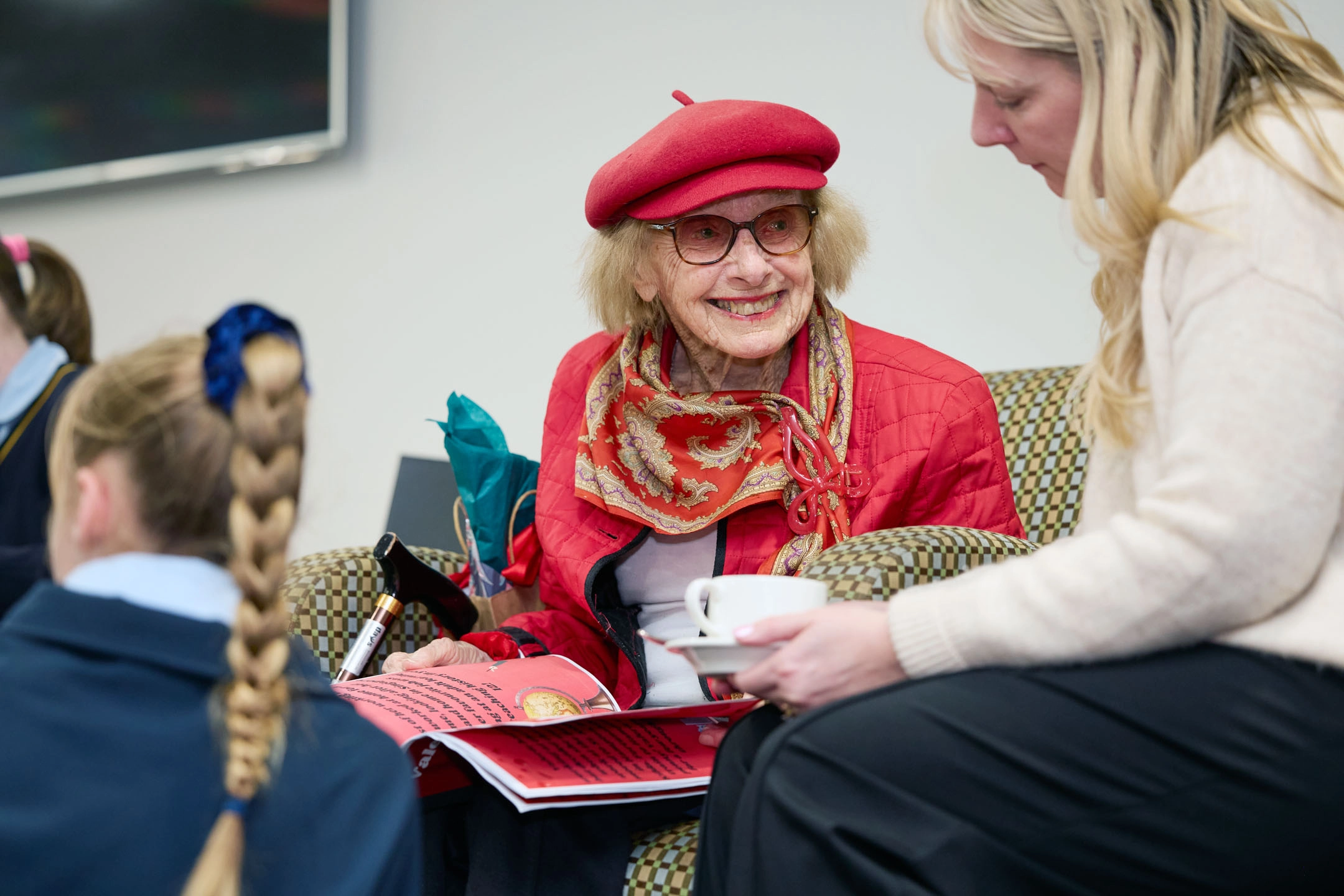Let’s Protect Our Older People – Because There’s No Excuse For Elder Abuse.

June 15 marks Elder Abuse Awareness Day - an important time to check that you know the signs of abuse in older Australians. It is a devastating truth that elder abuse affects up to 10 percent of older people worldwide, and most abuse comes from someone they love.
According to the National Ageing Research Institute, over 90 percent of perpetrators of elder abuse in Victoria are relatives. Two thirds of abuse is perpetrated by a child of the older person, and almost three quarters of victims are female.

At Mayflower we are committed to ending elder abuse.
We can all play a role in preventing elder abuse and protecting those who once protected us. Learn the signs, and if you see something, or suspect something, SAY something.
Knowing what classifies as abuse is critical. According to Seniors Rights Victoria, family, friends and carers may not know that their actions amount to elder abuse.
Types of Elder Abuse
EMOTIONAL ABUSE - Using threats, humiliation or harassment causing anguish and feelings of shame or powerlessness. It often occurs in combination with other forms of abuse.
NEGLECT and PASSIVE NEGLECT - Failing to provide the basic necessities of life. This can include failing to provide proper care, due to carer stress, lack of knowledge or ability. It can occur unintentionally and may be remedied by additional support to assist the carer and older person.
FINANCIAL ABUSE - Using someone’s money, property or other assets illegally or improperly, or forcing someone to change their Will or sign documents.
PHYSICAL ABUSE - Inflicting pain or injury, by hitting, slapping, pushing or using restraints.
SOCIAL ABUSE - Preventing contact with relatives, friends or service providers or restricting activities.
SEXUAL ABUSE - Any sexual activity for which the person has not consented.
Outward Signs of Elder Abuse
Elder abuse can affect a person in many ways and may cause outward signs such as:
- Depression, low mood, anxiety or insomnia.
- Loss of appetite, malnutrition, lack of interest in life or a decline in personal hygiene or grooming.
- Feelings of insecurity, guilt and low self-esteem.
- Homelessness, or significant loss of property or assets.
- Unwanted or premature entry into aged care.
How You Can Help
There are several ways of helping to protect loved ones from experiencing elder abuse, and to help them if they do.
Take the time to take notice of what is happening in your family and your community.
Watch for sudden or unexpected changes in behaviour, or moods. Be aware of any signs that medication may be being misused and make yourself available to them socially.
By knowing the warning signs and having conversations with the older people in your life, you can take action if you suspect something.
Taking action may include starting the conversation with an older family member or friend, intervening if you see or hear an older person experiencing family violence, or contacting Seniors Rights Victoria for advice.
If You See Something, or Suspect Something, SAY Something.
If you need help or want to seek support on behalf of someone you know contact Seniors Rights Victoria confidential helpline: 1300 368 821. More information can be found on the Senior Rights Victoria website.
Seniors Rights Victoria provides information, support, advice and education to help prevent elder abuse and safeguard the rights, dignity and independence of older people.
Mayflower provides a safe and supportive environment for older people, with a wide range of social and meaningful activities - to reduce feelings of isolation and to empower residents.
Our team members are extensively trained to identify, and report concerns regarding elder abuse and have strict guidelines and obligations, ensuring the safety of all in our care.
For more information about elder abuse, visit the Australian World Elder Abuse Day Website.
WEAAD across Mayflower
Teams across Mayflower united in one voice – There is no excuse for elder abuse.
Check out how they started the conversation in the video below, and read more by following this link: (blog)










